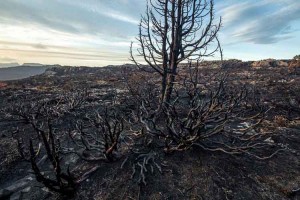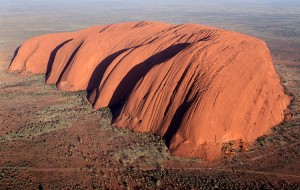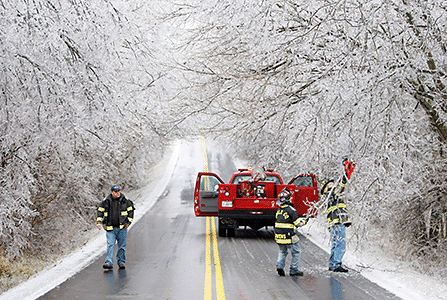Australia’s Extreme Weather
Tuesday, January 10th, 2017January 10, 2017
Last week, Australia’s Bureau of Meteorology (BOM) released its annual climate statement, and it was filled with bad news. Extreme weather lashed Australia throughout 2016, harming fragile landscapes and ecosystems both on land and in the sea. The BOM blamed the damaging weather extremes on climate change as well as an unusually strong El Niño, a periodic variation in ocean currents and temperatures that can affect climate throughout the world.

This photo taken on Feb. 12, 2016, shows the charred remains of rare alpine flora after bush fires raged through the Tasmanian Wilderness World Heritage Area. Credit: Rob Blakers (licensed under CC BY-SA 3.0)
The BOM listed a number of weather events that devastated parts of Australia in 2016. The cities of Darwin and Sydney saw their hottest years on record, while hot and dry conditions and large numbers of lightning strikes led to raging bushfires in Tasmania, Victoria, and Western Australia. Fires destroyed much of the unique alpine flora—including rare, 1,000-year-old cushion plants and King Billy pine trees—found in the Tasmanian Wilderness World Heritage Area. The seas around Australia also reached record high temperatures, causing unprecedented bleaching of the Great Barrier Reef and other coral systems. Around Tasmania, hot sea temperatures damaged fragile kelp forests as well as the abalone, oyster, and salmon populations.

This photo of Uluru, also known Ayers Rock, shows its typically hot and dry environment. Heavy rains in late 2016 caused waterfalls to cascade down the sides of the giant sandstone formation. Credit: © Steve Vidler, SuperStock
Australia’s extreme weather in 2016 included both drought and heavy rains that caused unprecedented flooding. The areas around Darwin and Brisbane saw significantly less rainfall during the year, while heavier than usual rains soaked Adelaide, Canberra, Hobart, and Sydney. In central Australia, dangerous flash floods took out roads, washed away cars, and forced the evacuations of several communities. At Christmastime, record rains and floods forced the closure of Uluru-Kata Tjuta National Park. Uluru itself, a giant sandstone formation among sand dune plains, was awash with waterfalls.
The BOM climate statement warned that such extreme weather events will become more common, even become normal, as global warming continues to reshape Earth’s climate.




